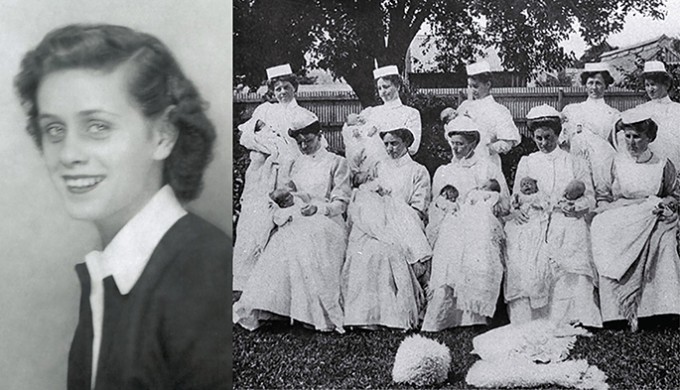Profiles In Nursing
Elizabeth Grace Neill (1846-1926), a Crusader for Nursing Registration
This social reformer also founded midwife-run maternity hospitals

As the 20th century dawned, there were almost no laws anywhere in the world governing the training, registration or licensure of nurses or midwives. Grace Neill, nurse and social reformer, led the crusade for nurse registration laws in New Zealand to help ensure that patients and institutions received quality care from well-trained nurses and midwives.
A Scottish Widow
Born Elizabeth Grace Campbell in Edinburgh, Scotland, she was an intelligent, well-educated child of well-to-do parents. She passed the University of Cambridge entrance exams with distinguished marks.
Her plan was to study medicine rather than live the idle life expected of the Scottish gentry. However, her father forbade that path, so she turned instead to another career that would enable her to contribute to society: the recently respectable field of nursing.
After training at King’s College and Charing Cross hospitals in London, she became “lady superintendent” of a children’s hospital near Manchester in the late 1870s. There, she met Channing Neill, a physician. Despite her father’s disapproval of the match — he believed a physician was beneath her social class — she followed her heart and married Channing anyway, an act for which her family disowned her.
The marriage was short-lived. Her husband’s poor health led them to move to Queensland, Australia, but the better climate did not save him. He succumbed to his illnesses around 1890.
Finding herself a widow in her mid-40s with a child to support, Neill turned to occupations such as journalism and typewriting. She also got involved in organizing a union for women workers. Her friendship with Queensland’s governor led to her appointment to a royal commission on labor conditions in New Zealand’s factories and shops in 1893. So began a long career in public service and social reforms in labor, charity and nursing.
“To Twist and Twiddle Ministers & Premiers”
As an inspector, Neill often visited industrial centers across New Zealand. She felt useful in that capacity because she believed, probably rightly, that women workers were more comfortable discussing their conditions with another woman. She joined an investigation into charitable aid and was appointed “official visitor” to the Porirua and Mount View Lunatic Asylums, as they were then called.
In 1895, she became deputy inspector of lunatic asylums, hospitals, licensed houses and charitable institutions. The inspector, Duncan MacGregor, also from Scotland, had been glad to find “an able and experienced woman” assistant who could ask the various “numerous and delicate” questions that were considered too indecorous for male investigators in the Victorian era.



